Computer History Museum - Mountain View, CA
2013-09-29
The intersection of 20th century history and computers is a place of bliss for me.
I visited the Computer History Museum on Sept. 8, 2013.
The Computer History Museum
The IBM Type 80 card sorter
IBM's quest for profit
The Enigma machine
ENIAC - 1945
UNIVAC - 1951
PDP-11 and UNIX - 1970
Alto - Xerox PARC - 1973
Cray-1 - 1976
NES - 1985
The Computer History Museum
1401 N Shoreline Blvd., Mountain View, CA


The IBM Type 80 card sorter
One of the first computing technologies displayed at the museum was punched card sorters and collators. Punched cards were
paper cards punched with holes in meaningful locations to represent information. The sorters and collators would organize
hundreds or thousands of cards quickly to group information in a meaningful way to help answer questions. The IBM Type 80 sorter was invented
in 1925 and was used into the 1940s.
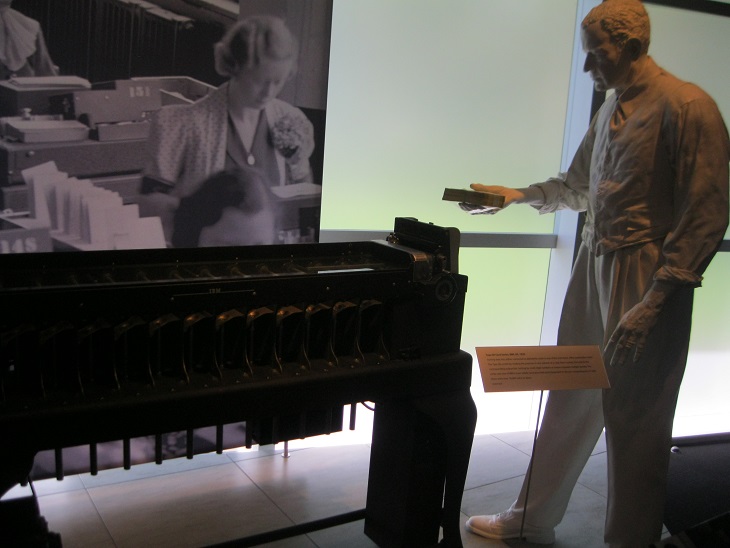

IBM's quest for profit
resulted in some questionable business practices. IBM provided punched card technology to the Nazis during WWII through its
German subsidiary Dehomag. This is a photo of Thomas Watson, Sr. meeting with Adolf Hitler in 1937.
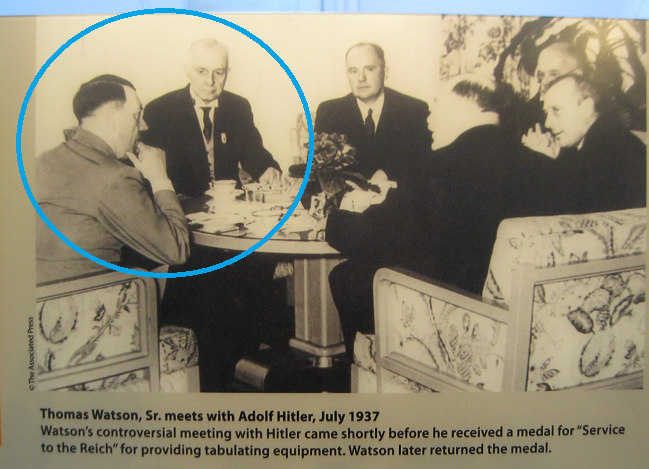

The Enigma machine
This famous encryption machine was used by the Germans in WWII for encrypted radio communication.
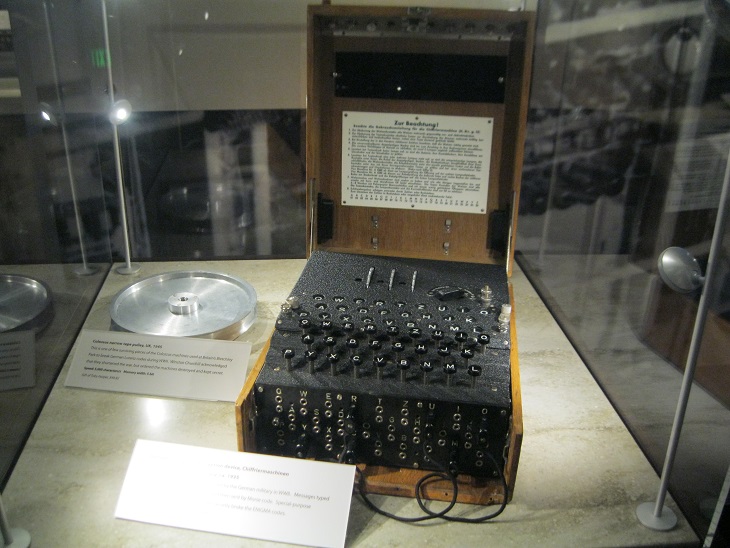
The instructions begin: "Please note! Note the instructions for use for the encryption machine."


The instructions begin: "Please note! Note the instructions for use for the encryption machine."

ENIAC - 1945
ENIAC was one of the first electronic programmable digital computers. This is a "small" piece of it. It used vacuum tubes for memory.
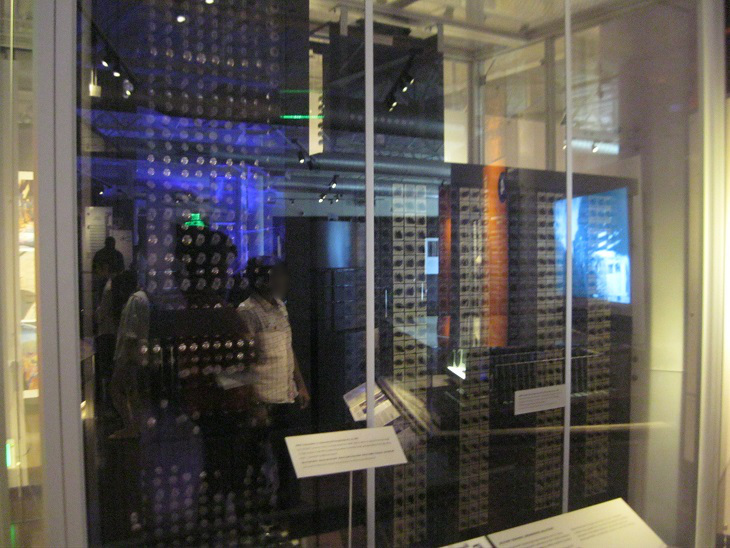

UNIVAC - 1951
UNIVAC was the successor to the ENIAC, designed by the men who invented ENIAC.
Who is this guy in my shot of the supervisory console?

I think the tape drive is looking at me.
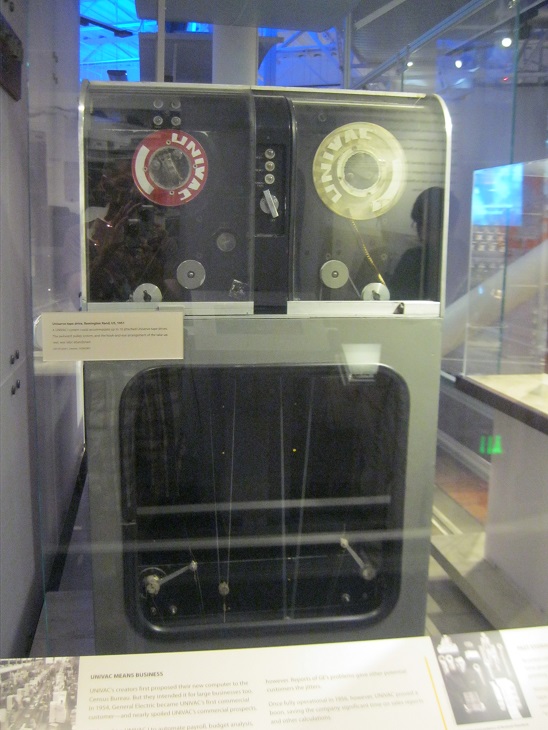
Who is this guy in my shot of the supervisory console?

I think the tape drive is looking at me.

PDP-11 and UNIX - 1970
The DEC PDP-11 minicomputer was popular in the 1970's.
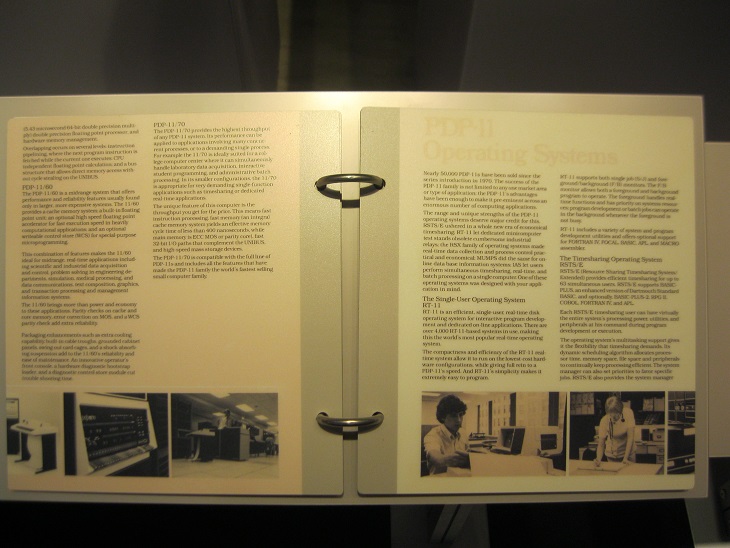
The first edition of UNIX ran on a PDP-11/20 (unix.org).


The first edition of UNIX ran on a PDP-11/20 (unix.org).

Alto - Xerox PARC - 1973
The Alto could be considered the first personal computer. It had the first of several innovations, including
the mouse and Ethernet networking.


Cray-1 - 1976
The Cray-1 was a popular supercomputer in the late 1970's and early 80's.
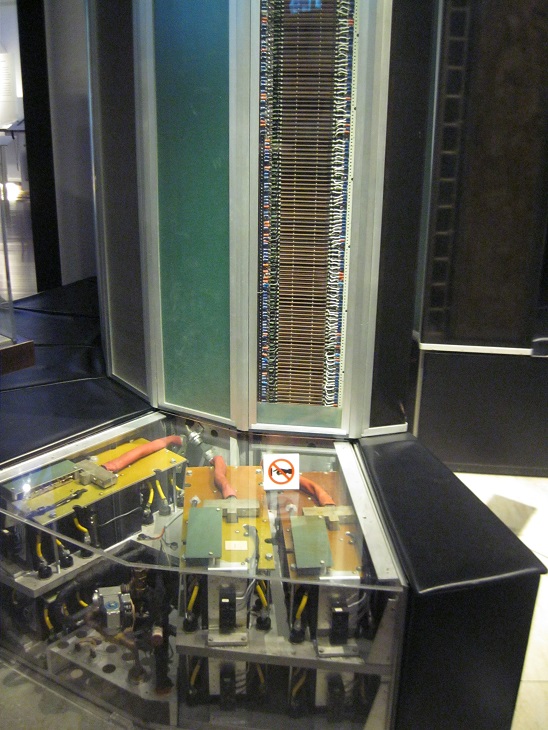
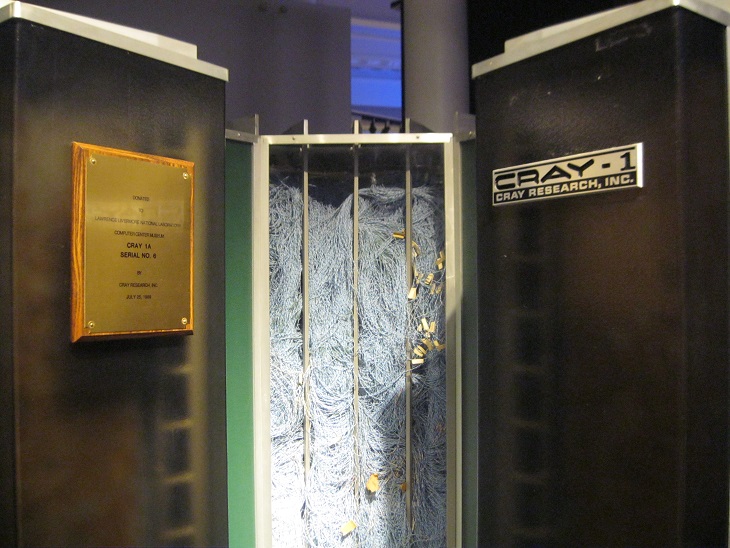


NES - 1985
What would the history of computers be like without the Nintendo Entertainment System? I still have one of these.


And that's it! Of course there is a lot more at the museum. Next time you are in Sillicon Valley, I highly recommend visiting the Computer History Museum